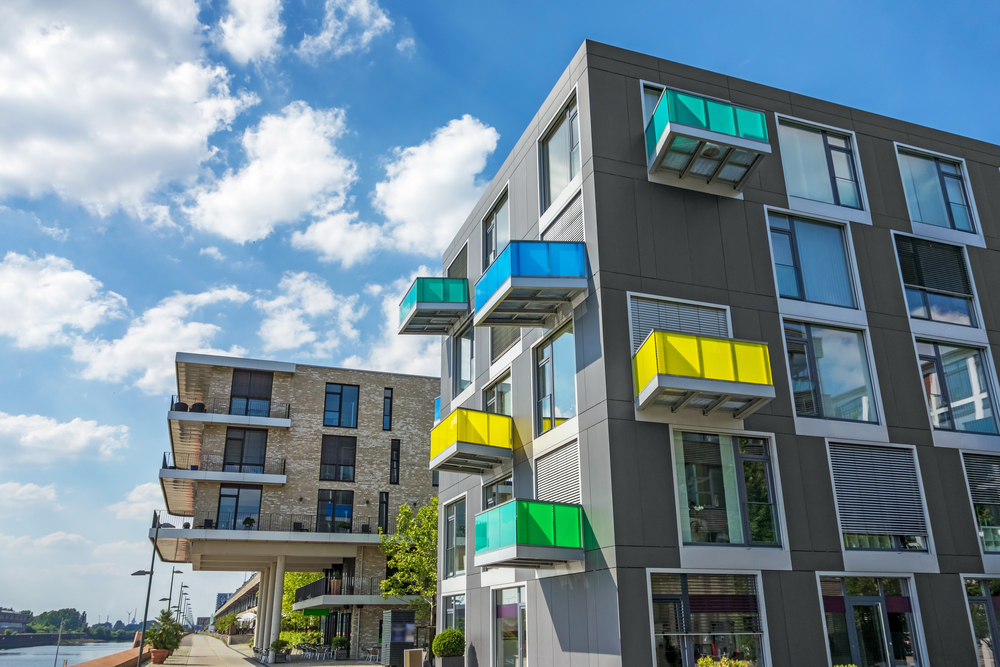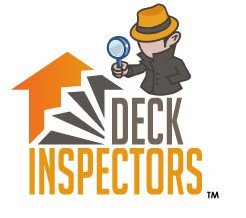The Impact of SB 326 on Multifamily Dwelling Unit Owners and Managers

The safety and integrity of balconies, decks, and elevated walkways in multifamily housing are critical for ensuring the well-being of residents. In California, Senate Bill 326 (SB 326) was enacted to address concerns related to the structural safety of these common areas. As a deck inspection company in Southern California, we understand the implications of SB 326 for multifamily dwelling unit owners and managers. This article explores the key aspects of SB 326 and how it affects property maintenance and management. Understanding SB 326 and Its Requirements SB 326 mandates regular inspections of exterior elevated elements in multifamily buildings. This includes decks, balconies, and walkways. The legislation aims to prevent accidents and structural failures by ensuring these elements are safe for use. The bill requires that these inspections be conducted by a licensed structural engineer or architect at least once every six years. The scope of the inspections under SB 326 includes a thorough assessment of all accessible EEEs. This involves evaluating the condition of structural supports, waterproofing, and other critical components that could affect the structure’s integrity. The inspection report must document the findings and recommendations for repairs or maintenance if necessary. Property owners and managers must address any identified issues promptly to comply with the law and ensure the safety of residents. Implications for Owners and Managers of Multifamily Dwellings SB 326 has significant implications for owners and managers of multifamily dwellings, particularly regarding maintenance responsibilities and legal compliance. The legislation imposes new obligations to regularly inspect and maintain EEEs, which can impact the operational budget and maintenance schedules. For property managers, SB 326 necessitates a proactive approach to building maintenance. Regular inspections must be scheduled and coordinated with licensed professionals, and any required repairs must be documented and completed promptly. This proactive maintenance ensures compliance with the law and helps prevent costly emergency repairs and potential liability issues arising from structural failures. Owners of multifamily properties must also be aware of the financial implications of this bill. The cost of inspections, repairs, and ongoing maintenance can be significant, especially for older buildings or those with extensive EEEs. However, investing in these inspections and maintenance is crucial for safeguarding residents’ safety and protecting the property’s value. Additionally, compliance with SB 326 can be a key factor in securing insurance coverage and maintaining favorable terms with lenders. Beyond legal and financial considerations, the bill promotes a culture of safety and accountability in managing multifamily properties. Property owners and managers demonstrate a commitment to providing safe living environments by adhering to the legislation’s requirements. This commitment can enhance the property’s reputation and appeal to potential tenants who prioritize safety and well-maintained living spaces. Conclusion SB 326 profoundly impacts the management and maintenance of multifamily dwelling units in California. The legislation ensures that these structures are safe and well-maintained by mandating regular inspections of exterior elevated elements. For owners and managers, SB 326 necessitates a proactive approach to building maintenance and compliance, with implications for budget planning and operational practices. We are dedicated to ensuring the safety and integrity of their properties for years to come. Contact an expert at Deck Inspectors of Southern California today by clicking here! Deck Inspectors for Southern California is happy to offer our services in Los Angeles, Orange County as well as San Diego and all Southern California surrounding areas like: Glendale, Pasadena, Burbank, Santa Monica, Anaheim, Temecula, Vista, Escondido, Carlsbad, and El Cajon
What to Expect During an Apartment Deck Inspection

Regular maintenance and safety checks are crucial for ensuring the structural integrity of apartment decks. As a deck inspection company in Southern California, we specialize in providing thorough and professional Apartment Deck Inspections. This article outlines what to expect during an inspection, helping property owners and managers understand the key elements. The Initial Apartment Deck Inspection Assessment The first step in an Apartment Deck Inspection is the initial assessment, where inspectors evaluate the overall condition of the deck. This includes visually inspecting the deck’s surface, railings, and support structures. During this phase, our team looks for signs of wear and tear, such as cracks, splits, or warping in the decking material. We also check for any visible signs of rot, rust, or corrosion, which can compromise the deck’s safety. Inspectors pay special attention to the connection points, such as where the deck attaches to the building. These areas are critical for the deck’s stability and must be securely fastened. Loose or corroded fasteners can indicate underlying structural issues that must be addressed. Additionally, we assess the condition of the railings and ensure they are sturdy and meet safety codes. Proper railing height and spacing are essential for preventing accidents, especially in multi-story apartment buildings. Detailed Structural Evaluation The second phase of the Apartment Deck Inspection involves a detailed structural evaluation. This is where our inspectors delve deeper into the deck’s support systems, including the joists, beams, and posts. These components are the backbone of the deck’s structure, and any deficiencies can lead to serious safety hazards. Our team uses specialized tools and techniques to check for hidden damage that may not be visible during the initial assessment. For example, moisture meters can detect the presence of water within the wood, which can lead to rot over time. We also look for signs of insect infestation, such as termite damage, which can weaken the wood and compromise the deck’s integrity. Another crucial aspect of the structural evaluation is checking for compliance with local building codes and regulations. In Southern California, specific guidelines must be followed to ensure the safety of apartment decks, particularly concerning seismic activity. Our inspectors verify that the deck’s design and construction adhere to these standards, ensuring it can withstand the stresses of the environment. Apartment Deck Inspection Conclusion An Apartment Deck Inspection is a comprehensive process that involves assessing the visible and hidden aspects of a deck’s condition. From the initial visual inspection to the detailed structural evaluation, our team ensures that all potential issues are identified and addressed. This thorough approach helps property owners and managers maintain safe and durable decks for their tenants. In Southern California, where weather conditions and seismic activity can affect the longevity of decks, regular inspections are essential for preventing accidents and costly repairs. Trust our experienced team to provide reliable and professional Apartment Deck Inspections, ensuring your property’s safety and compliance with local regulations. Get in contact with a deck inspection expert today by clicking here! Deck Inspectors for Southern California is happy to offer our services in Los Angeles, Orange County as well as San Diego and all Southern California surrounding areas like: Glendale, Pasadena, Burbank, Santa Monica, Anaheim, Temecula, Vista, Escondido, Carlsbad, and El Cajon
